Forget Florence and head here instead
The Tuscan city is often overlooked but has architecture, art and intrigue to rival other Italian tourist hotspots
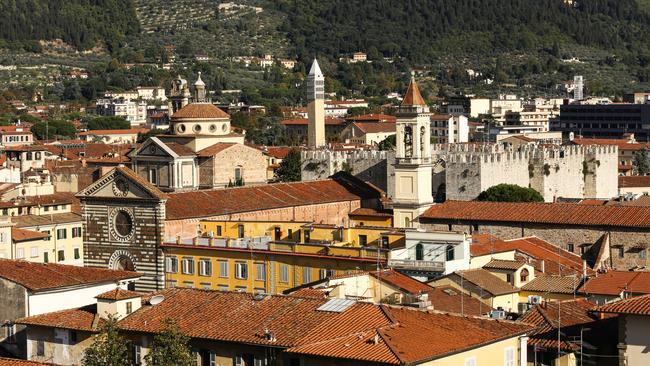
Prato is not the first city that springs to mind when Tuscan travel plans are hatched. To say that it lives in the shadow of Florence, 20 minutes away by train, is something of an understatement.
And yet the Italian Renaissance, or at least its mercantile boom when velvet, silk and fine wool had the status of spun gold, in many ways begins in Prato.
By the 12th century the city’s textile industry, regulated by the wool guild, was up and running.
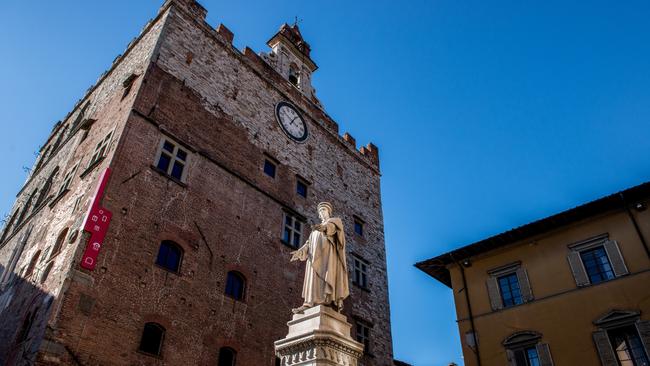
With that industrial-artisanal history in mind I visit in the summer, much to the shock of my Florentine friends.
“You’re going because you have a hankering for Cantonese food?” asks one, in a sly reference to the estimated 50,000 Chinese immigrants, both legal and illegal, working the flourishing garment trade in and around Prato.
Although Tuscan cuisine being what it is – somewhat over-reliant on the Bistecca alla Fiorentina and the quaffing chianti – the thought of a good Cantonese banquet has some appeal.
In Prato I discover a city that offers more than I have to give. It pains me to leave, largely because its art and architecture is of the highest quality, and its compact historical streetscape, hemmed by 14th-century walls, has considerable charm.
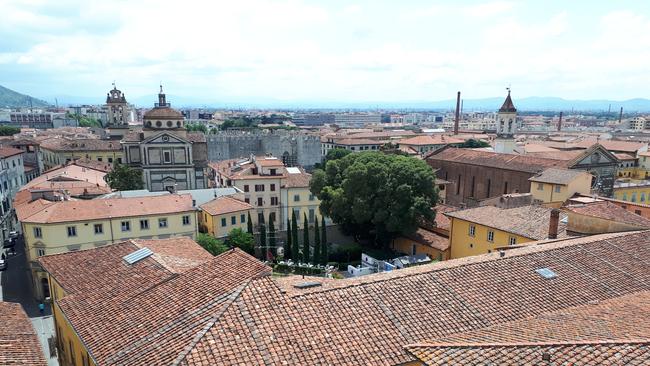
What’s more, it possesses the region’s greatest concentration of paintings by that incomparable Renaissance master and bad boy: the priapic Filippo Lippi.
And none of this comes at the cost of summer overcrowding: the blight of Florence, Venice and the touristy mosh pits of Rome.
As much of Italy’s history, past and present, is tied up with the textile industry, it makes sense to start with Prato’s world-class dedicated museum in a converted woollen mill founded in 1863.
The intrigue begins before you enter the museum with the severe institutional walls of a two-storey ochre-coloured factory wrapped around a spare gravel courtyard and a towering 40m-high brick chimney; the whole ensemble recalling the surrealist paintings of Giorgio di Chirico.
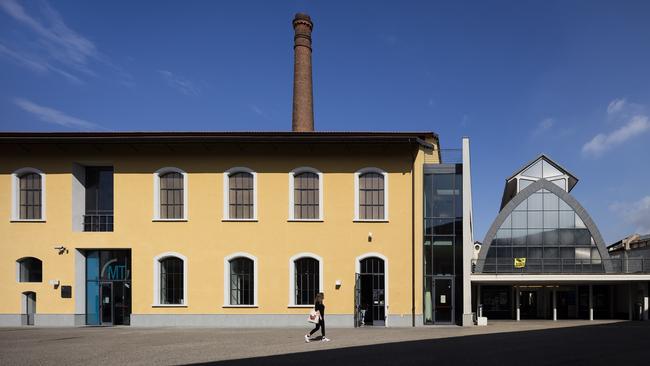
Once past the entry and bookstore, the museum’s industrial heritage once again looms in the shape of an old boiler room that was in its day fed by the Bisenzio River, a tributary of the Arno.
The Bisenzio was said to run red, green or blue depending on the colours of the dyes used on any given day.
Next comes a large dimly lit exhibition space dedicated to the museum’s historical textile collection. It’s dimly lit for a reason: many of the brocaded garments, dating from the 17th century, are as delicate as insect wings.
Space is also dedicated to the long practice of recycling wool in Prato. This theme continues when I visit a recycled fabric company called Goritex on the town’s outskirts to observe the process.
Some of the machinery at Goritex works on the same principles as the antique gizmos in the museum, though the scale is much grander today, and the quality of the fabric naturally much reduced.
Strolling back to the centre of town, I pass an imposing 13th-century castle built in pale tones for the Holy Roman Emperor Frederick II.
There’s a reason this squat Swabian style “Emperor Castle”, as it’s known, looks a little out of place in Tuscany.
Frederick, a lover of art, science and architecture – a renaissance man before the Renaissance – built a string of these redoubts in and around Bari. They are more typically Puglian than Tuscan.
Prato’s centrally located Palazzo Pretorio Museum, housed in a medieval tower offering views from its top floor of the city and Monferrato hills beyond, has works by Fra Filippo Lippi at its core.
One of the museum’s treasures, Lippi’s Adoration of Child with St Vincent Ferrer, features – in the guise of the Virgin Mary, no less – the young nun he seduced and eventually married. Her name was Lucrezia Buti.
The 16th-century art historian Giorgio Vasari reports that Lippi, though a monk, was unable to master his “bestial desires”.
Struck by Lucrezia’s “grace and bearing”, he convinced the local nuns of Santa Margherita to offer her as a model in a work he was completing for them. One thing led to another and Lucrezia within a year bore Lippi a male child, Filippino (little Filippo) Lippi, who, Vasari writes, “became, like his father, a most excellent and famous painter”.
The most important paintings of the grand Prato cathedral are part of a fresco cycle by Lippi and assistants titled Stories of St Stephen and John the Baptist.
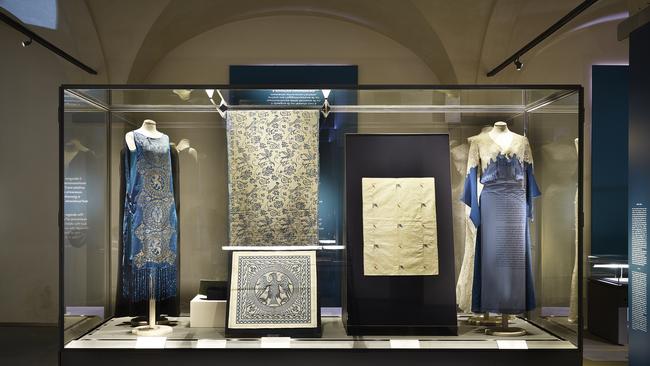
And within this cycle the most enthralling scene is Salome’s Last Dance. Herod’s shimmying temptress, with her billowing veil drapery, was modelled by the former nun Lucrezia Buti. Adding to the intrigue is a company of ghostly figures that only emerged in 2001 after the painting was cleaned, as they’d been painted over by the artist.
Another source of the city’s wealth in the Renaissance lies in the girdle of the Virgin Mary. Secreted away in the cathedral’s reliquary, it’s revealed five times annually – once on September 8, the Virgin’s birthday – to pilgrims crowding the square outside for a glimpse of the blessed chastity belt. There’s even a special Donatello-carved outside pulpit for the ceremony.
At the moment of her Assumption Mary is said to have undone her belt and, for reasons known only to her, dropped it at the feet of the perennially sceptical “doubting” St Thomas. Prato’s possession of the mythical belt brought it fame and wealth, and, perhaps not surprisingly, the Pretorio Museum has a version of the gifting of the belt scene painted by Filippo Lippi.
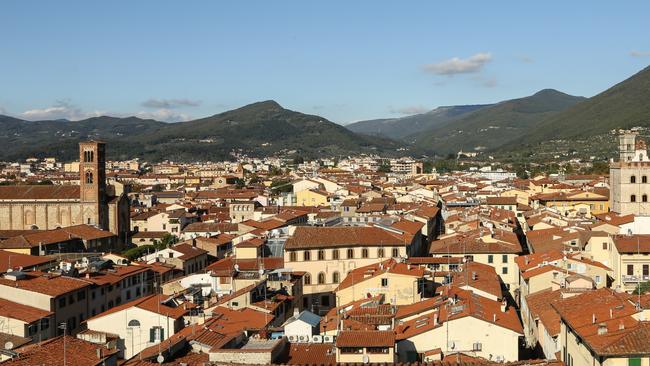
A delicious layer of irony is added by the likely presence of Lippi’s lover as the model for Saint Margaret, who is shown presenting a nun to the Virgin.
Afterwards, craving something a little fortifying after hours on my feet and many ancient intrigues, I opt for a local specialty, sedano alla pratese – celery filled with a ragu (or Bolognese) sauce – and it comes with a starter of chicken liver crostini. It’s good – very good in that heavy Tuscan way. Next time – and I’ll be back – I might take the advice of my Florentine chums and give the local Cantonese joints a try.
In the know
The Prato Textile Museum is on Via Puccetti; open Tuesday to Sunday. Adults €10 ( $16.50).
cittadiprato.it
The Palazzo Pretorio Museum is on Piazza del Commune; open Wednesday to Monday. Adults €10.

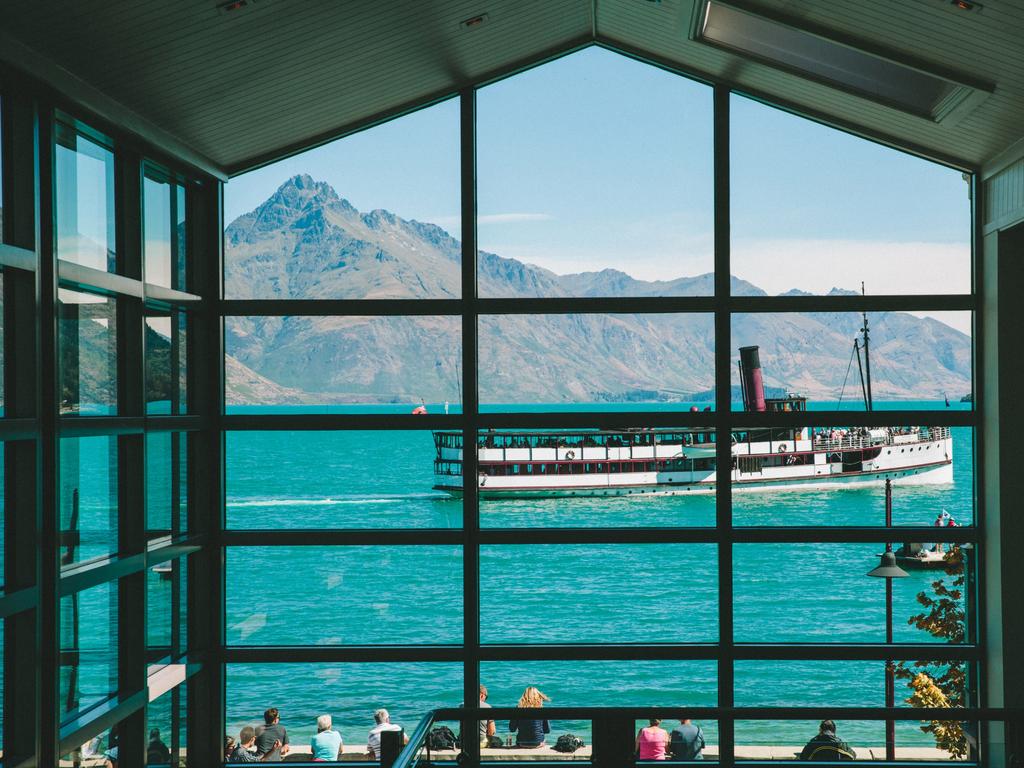
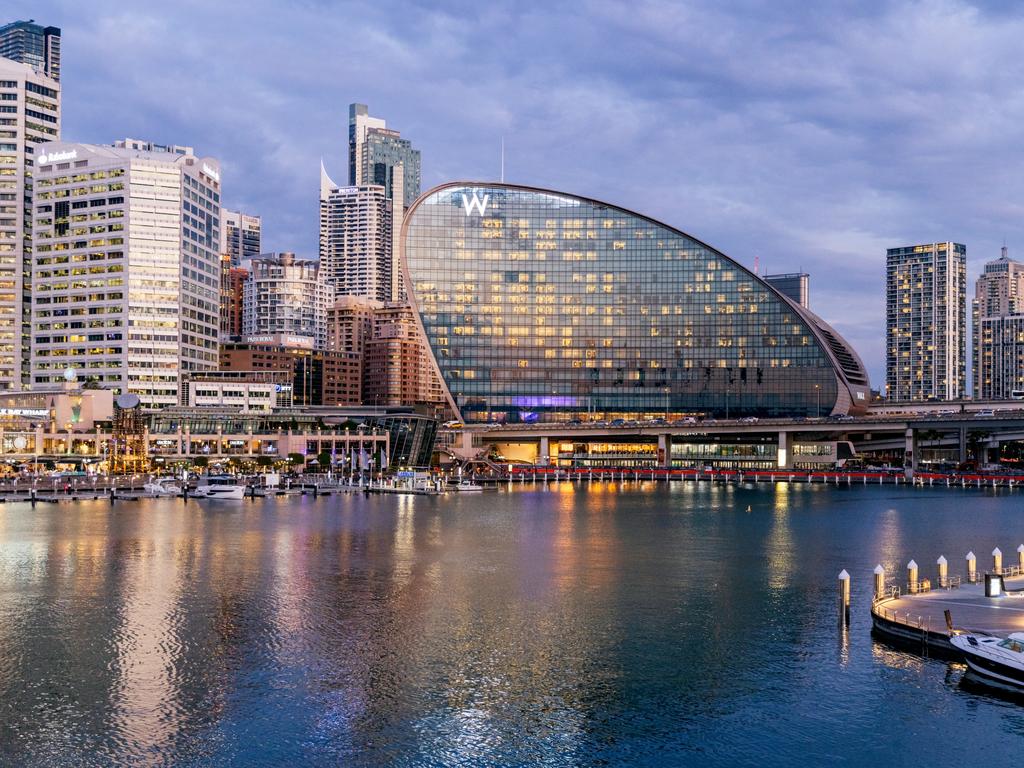

To join the conversation, please log in. Don't have an account? Register
Join the conversation, you are commenting as Logout